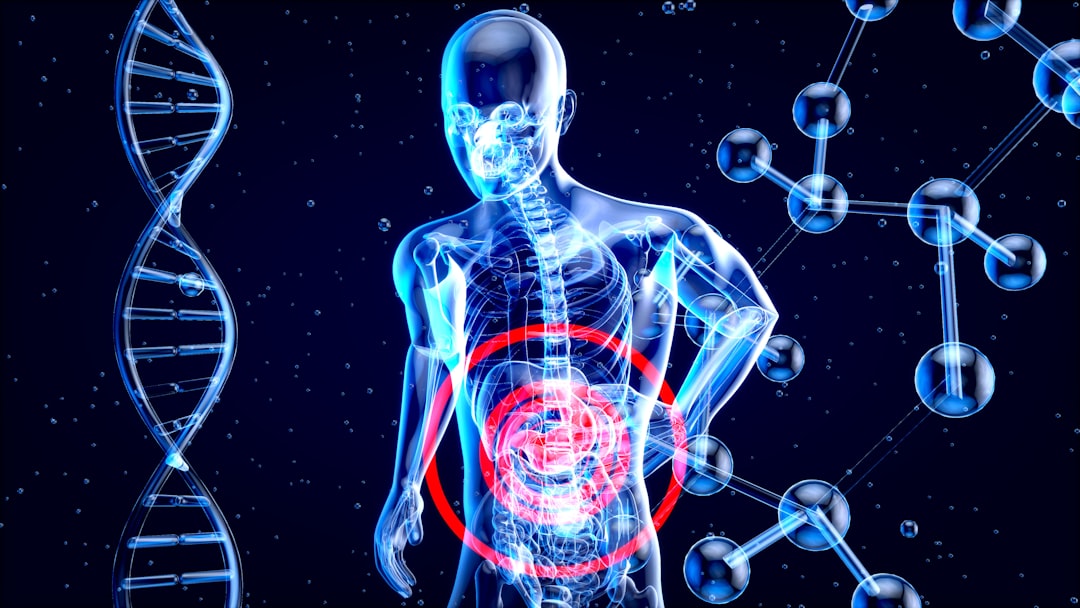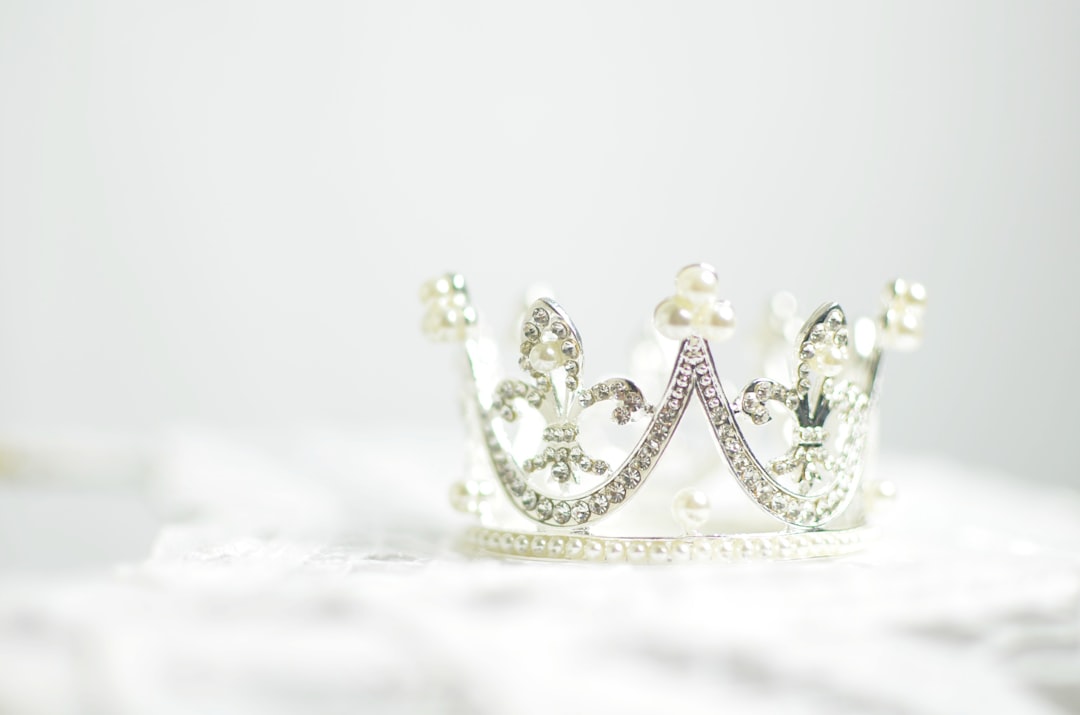What is it about?
In recent years, the use of corrosion inhibitors in producing high‐performance steel reinforced concrete structures has increased significantly to minimize the chloride and sulfate attacks. However, most inhibitors available in the market are toxic to the environment. Hence, one objective of the present investigation was to test a novel, eco‐friendly, so‐called green inhibitor extracted from a fruit waste (orange peel), and its effects were studied on the compression strength of the XD3 type concrete samples. The inhibitor was added to the concrete mix in concentrations of 1% and 3% by weight of cement in addition to two different superplasticizers (Mapei Dynamon SR 31, Budapest, Hungary and Oxydtron, Hungary). The test results on steel reinforced samples immersed in 3.5 wt% NaCl aqueous solutions at room temperature showed promising corrosion mitigating effects just after 6 months testing period. The lower corrosion currents (i.e., better corrosion resistance) after 6 months immersion were observed when the samples contained both green inhibitor and Oxydtron superplasticizer, especially with sample C2 (in this case 3% green inhibitor was added to the mixture of cement + Oxydtron superplasticizer).
Featured Image

Photo by Jack Sloop on Unsplash
Why is it important?
reinforced XD3 concrete samples prepared with a green inhibitor and two different superplasticizers
Perspectives
Hence, one objective of the present investigation was to test a novel, eco‐friendly, so‐called green inhibitor extracted from a fruit waste (orange peel), and its effects were studied on the compression strength of the XD3 type concrete samples.
Shaymaa Abbas Abdulsada
Miskolci Egyetem
Read the Original
This page is a summary of: Corrosion testing on steel reinforced XD3 concrete samples prepared with a green inhibitor and two different superplasticizers, Werkstoffe und Korrosion, March 2019, Wiley,
DOI: 10.1002/maco.201810695.
You can read the full text:
Contributors
The following have contributed to this page










